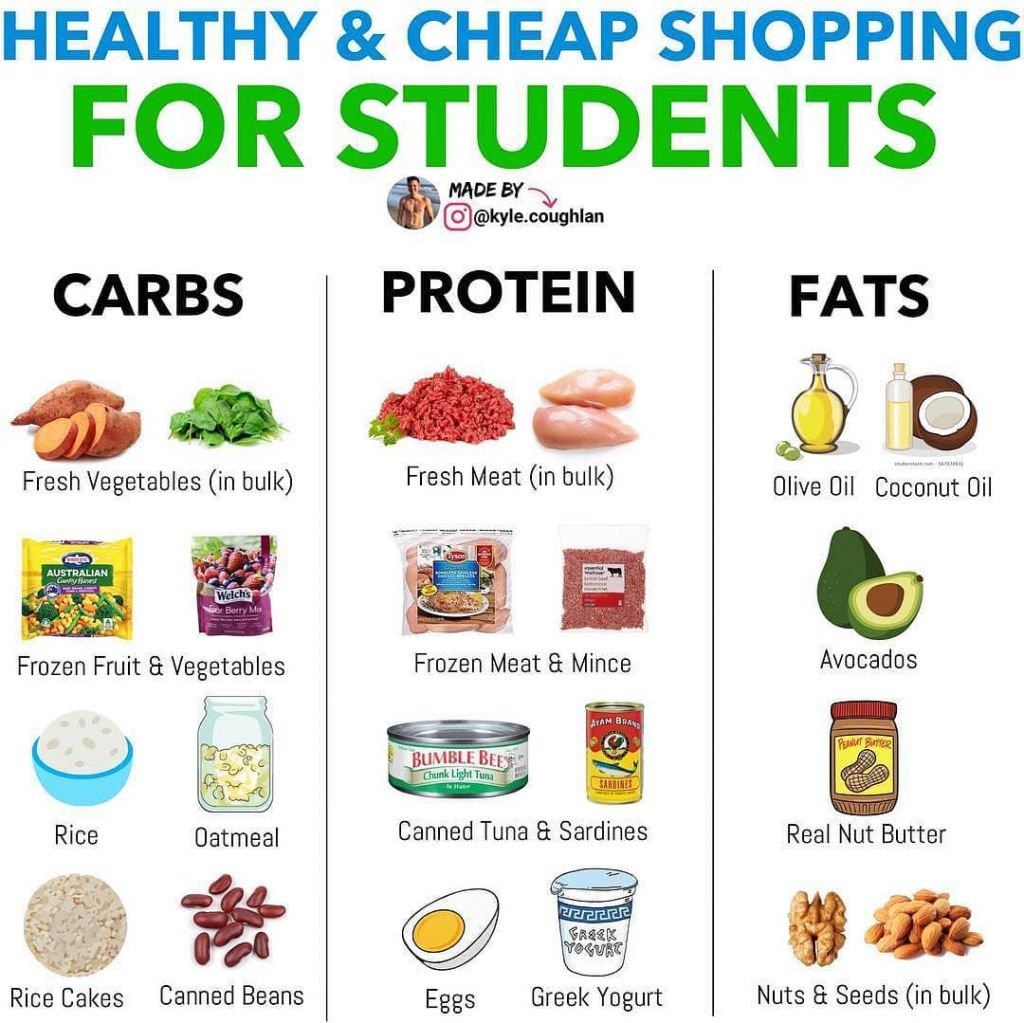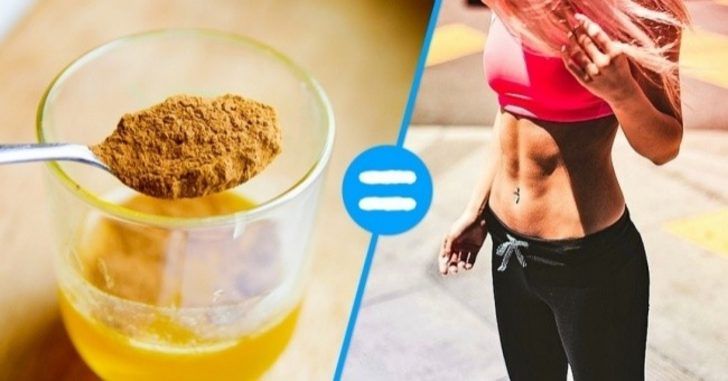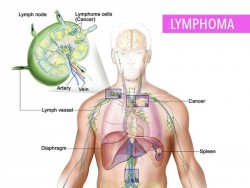
Hypertension is another name for high blood pressure. It can lead to severe complications and increases the risk of heart disease, stroke, and death.
Blood pressure is the force exerted by the blood against the walls of the blood vessels. The pressure depends on the work being done by the heart and the resistance of the blood vessels.
Medical guidelines define hypertension as a blood pressure higher than 130 over 80 millimeters of mercury (mmHg), according to guidelines issued by the American Heart Association (AHA) in November 2017.
Around 85 million people in the United States have high blood pressure.
Hypertension and heart disease are global health concerns. The World Health Organization (WHO) suggests that the growth of the processed food industry has impacted the amount of salt in diets worldwide, and that this plays a role in hypertension.
Here are some key points about hypertension. More detail is in the main article.
While blood pressure is best regulated through the diet before it reaches the stage of hypertension, there is a range of treatment options.
Lifestyle adjustments are the standard first-line treatment for hypertension.
Doctors recommend that patients with hypertension engage in 30 minutes of moderate-intensity, dynamic, aerobic exercise. This can include walking, jogging, cycling, or swimming on 5 to 7 days of the week.
Avoiding stress, or developing strategies for managing unavoidable stress, can help with blood pressure control.
Using alcohol, drugs, smoking, and unhealthy eating to cope with stress will add to hypertensive problems. These should be avoided.
Smoking can raise blood pressure. Giving up smoking reduces the risk of hypertension, heart conditions, and other health issues.
People with blood pressure higher than 130 over 80 may use medication to treat hypertension.
Drugs are usually started one at a time at a low dose. Side effects associated with antihypertensive drugs are usually minor.
Eventually, a combination of at least two antihypertensive drugs is usually required.

The choice of drug depends on the individual and any other conditions they may have.
Anyone taking antihypertensive medications should be sure to carefully read labels, especially before taking any over-the-counter (OTC) medications, such as decongestants.
These may interact with medications used to lower blood pressure.
The cause of hypertension is often not known.
Around 1 in every 20 cases of hypertension is the effect of an underlying condition or medication.
Chronic kidney disease (CKD) is a common cause of high blood pressure because the kidneys do not filter out fluid. This fluid excess leads to hypertension.
A number of risk factors increase the chances of having hypertension.
A family history of high blood pressure and poorly managed stress can also contribute.
Below is a 3-D model of hypertension, which is fully interactive.
Explore the model using your mouse pad or touchscreen to understand more about hypertension.
Blood pressure can be measured by a sphygmomanometer, or blood pressure monitor.
Having high blood pressure for a short time can be a normal response to many situations. Acute stress and intense exercise, for example, can briefly elevate blood pressure in a healthy person.
For this reason, a diagnosis of hypertension normally requires several readings that show high blood pressure over time.
The systolic reading of 130 mmHg refers to the pressure as the heart pumps blood around the body. The diastolic reading of 80 mmHg refers to the pressure as the heart relaxes and refills with blood.
The AHA 2017 guidelines define the following ranges of blood pressure:

If the reading shows a hypertensive crisis when taking blood pressure, wait 2 or 3 minutes and then repeat the test.
If the reading is the same or higher, this is a medical emergency.
The person should seek immediate attention at the nearest hospital.
A person with hypertension may not notice any symptoms, and it is often called the "silent killer." While undetected, it can cause damage to the cardiovascular system and internal organs, such as the kidneys.
Regularly checking your blood pressure is vital, as there will usually be no symptoms to make you aware of the condition.
It is maintained that high blood pressure causes sweating, anxiety, sleeping problems, and blushing. However, in most cases, there will be no symptoms at all.
If blood pressure reaches the level of a hypertensive crisis, a person may experience headaches and nosebleeds.
Long-term hypertension can cause complications through atherosclerosis, where the formation of plaque results in the narrowing of blood vessels. This makes hypertension worse, as the heart must pump harder to deliver blood to the body.

Regular blood pressure testing can help people avoid the more severe complications.
Some types of hypertension can be managed through lifestyle and dietary choices, such as engaging in physical activity, reducing alcohol and tobacco use, and avoiding a high-sodium diet.
Average salt intake is between 9 grams (g) and 12 g per day in most countries around the world.
The WHO recommends reducing intake to under 5 g a day, to help decrease the risk of hypertension and related health problems.
This can benefit people both with and without hypertension, but those with high blood pressure will benefit the most.
Moderate to excessive alcohol consumption is linked to raised blood pressure and an increased risk of stroke.
The American Heart Association (AHA) recommend a maximum of two drinks a day for men, and one for women.
A healthcare provider can help people who find it difficult to cut back.
People who have or who are at risk of high blood pressure are advised to eat as little saturated and total fat as possible.
It is important to avoid trans-fats, hydrogenated vegetable oils, and animal fats, and to eat portions of moderate size.
Hypertension is closely related to excess body weight, and weight reduction is normally followed by a fall in blood pressure. A healthy, balanced diet with a calorie intake that matches the individual's size, sex, and activity level will help.

The U.S. National Heart Lung and Blood Institute (NHLBI) recommends the DASH diet for people with high blood pressure. DASH, or "Dietary Approaches to Stop Hypertension," has been specially designed to help people lower their blood pressure.
It is a flexible and balanced eating plan based on research studies sponsored by the Institute, which says that the diet:
There is a cookbook written by the NHLBI called Keep the Beat Recipes with cooking ideas to help achieve these results.
Some evidence suggests that using probiotic supplements for 8 weeks or more may benefit people with hypertension.
High blood pressure that is not caused by another condition or disease is called primary or essential hypertension. If it occurs as a result of another condition, it is called secondary hypertension.
Primary hypertension can result from multiple factors, including blood plasma volume and activity of the hormones that regulate of blood volume and pressure. It is also influenced by environmental factors, such as stress and lack of exercise.
Secondary hypertension has specific causes and is a complication of another problem.
Treating the underlying condition should see an improvement in blood pressure.
 What Happens When You Quit Smoking – A Timeline
What Happens When You Quit Smoking – A TimelineEvery year more than 7 million people die as a result o...
 Types Of Yoga, Which One Is Best For You?
Types Of Yoga, Which One Is Best For You?There are two types of people in the world - those who ...
 10 Amazing Health Benefits Of Apricot Juice
10 Amazing Health Benefits Of Apricot JuiceOriginally from China, the use of apricots began almost...
 Cheap & Healthy Shopping List for Students
Cheap & Healthy Shopping List for StudentsCheap & Healthy Shopping List for StudentsStaying o...
 This Honey, Lemon And Cinnamon Drink Will Help You Lose Pounds In A Week
This Honey, Lemon And Cinnamon Drink Will Help You Lose Pounds In A WeekThe most effective way to lose weight is to do aerobic ...
 What You Need To Know About Lymphoma
What You Need To Know About LymphomaLymphoma is a cancer of the lymphatic system. It affect...
 This Honey, Lemon And Cinnamon Drink Will Help You Lose Pounds In A Week
This Honey, Lemon And Cinnamon Drink Will Help You Lose Pounds In A WeekThe most effective way to lose weight is to do aerobic ...
 Colon Cancer: Could Exercise Halt Tumor Growth?
Colon Cancer: Could Exercise Halt Tumor Growth?New research published in the Journal of Physiology sug...